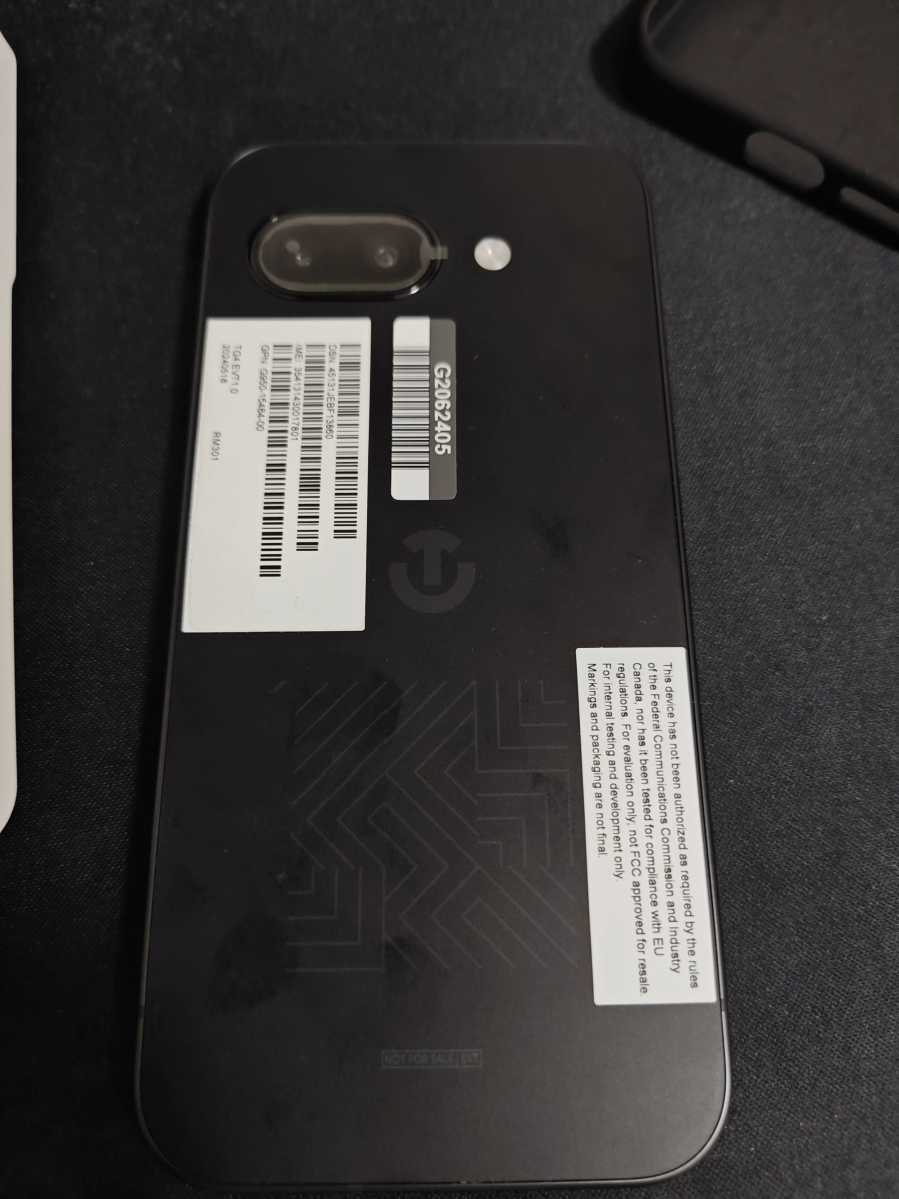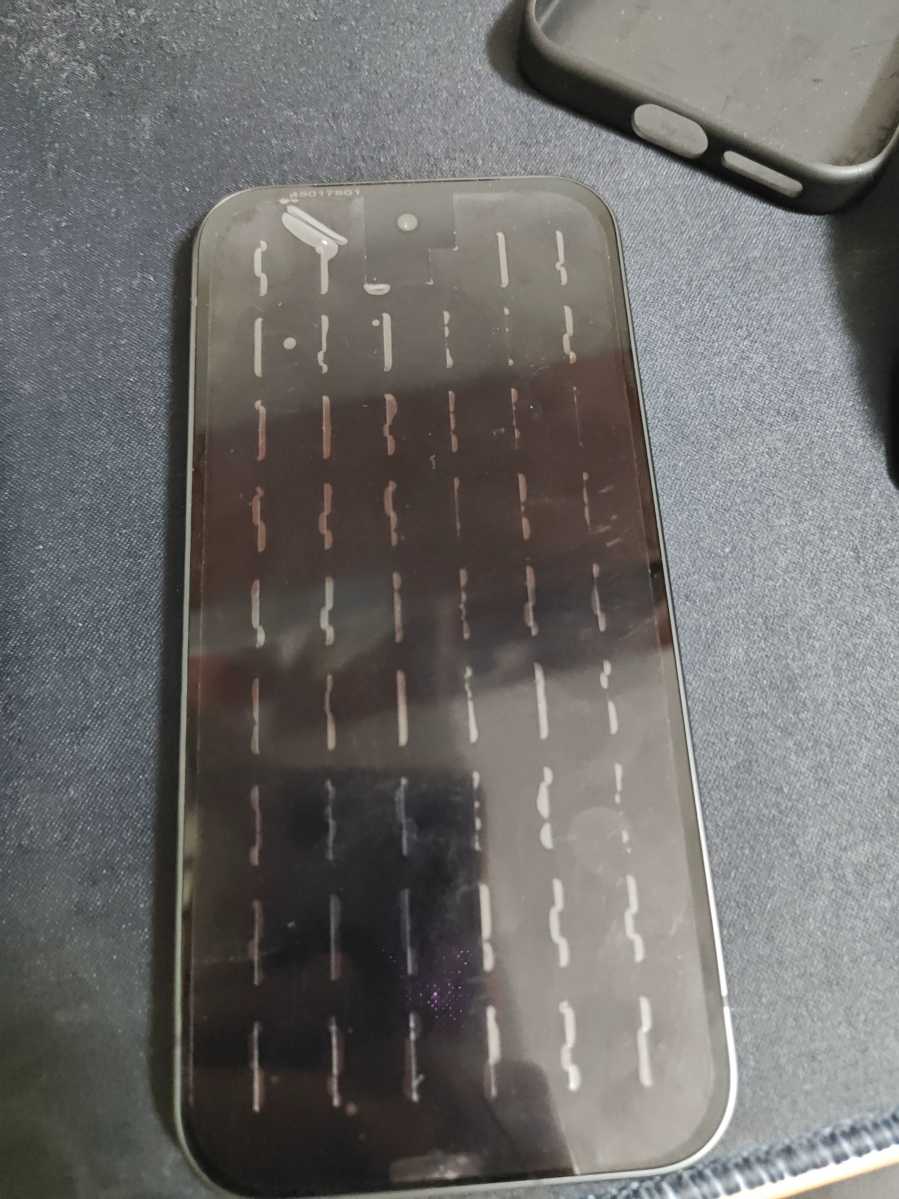Google had a busy 2024 in terms of Pixel phones, with a total of five handsets launching, and it looks like there’s more on the way soon.
Anticipation is building for the next mid-range phone in the lineup, the Pixel 9a, which will supersede the Pixel 8a.
While official details are yet to be confirmed, various recent leaks, renders, and speculation offer a promising glimpse into what we can expect from this phone.
Here’s everything we know so far about its release date, pricing, and features.
When will the Google Pixel 9a be released?
Judging by previous models, we’d expect the Pixel 9a to launch at Google I/O in May 2025, following the tradition of previous ‘a’ series Pixel launches.
However, in October, Android Headlines suggested that the phone could be available for pre-order as early as mid-March, before presumably going on sale soon after.
Interestingly, this is supposedly a new permanent release schedule for Pixel A phones, meaning the Pixel 10a is expected in March 2026.
For context, here are the launch dates of recent models in the series:
How much will the Google Pixel 9a cost?
Android Headlines has revealed what it claims is official US pricing for the Pixel 9a.
The base 128GB model will apparently start at the same $499 as its predecessor, though the 256GB will be $40 more expensive at $599. If the UK figures turn out to be identical, as they are for the Pixel 8a, you’re looking at the same £499 for 128GB but up from £559 to £599 for 256GB.
For context, here are the starting prices of the previous models:
- Pixel 8a – £499/$499
- Pixel 7a – £449/$499
- Pixel 6a – £399/$449
- Pixel 5a – $449 (no UK release)
- Pixel 4a 5G – £499/$499
- Pixel 4a – £349/$349
What features will the Google Pixel 9a have?
The Google Pixel 9a is shaping up to be a compelling mid-range phone, equipped with many of the core features found in the flagship Pixel 9 series, but at a lower price.
Here’s a breakdown of what the Pixel 9a might offer, based on leaks and rumours.
Design & Build
According to CAD renders shared by Android Headlines, one of the standout changes in the Pixel 9a is the design, particularly the camera setup.
The camera bar, which has been a hallmark of recent Pixel devices, might be more subtle on the 9a, nearly flush with the back of the phone. This is reminiscent of older LG phones like the V60 ThinQ.
These renders now become much more credible, as real-life photos of the Pixel 9a were shared by fenibook on X.
They confirm that the CAD designs on which the Pixel 9a renders were based were very probably real.
Android Headlines also reports that the Pixel 9a might be available in four colours: Porcelain, Obsidian, Peony, and Iris.
The Porcelain and Obsidian are likely to be classic white and black options, while Peony is a pink hue available on the regular Pixel 9 (although it could look different under the same name), and Iris will be a new bluish-purple shade.
The phone is also expected to be slightly larger than its predecessor, with dimensions of 154mm tall, 73mm wide, and a thinner profile of 8.5mm.
Display & Speakers
The Pixel 9a is expected to feature a 6.1-inch display, similar to its predecessor, likely using an OLED panel for vibrant colours and deep blacks. The bezel is likely to be noticeable but expected at this price point.
The front of the device might have a hole-punch camera in the centre, maintaining a clean look.
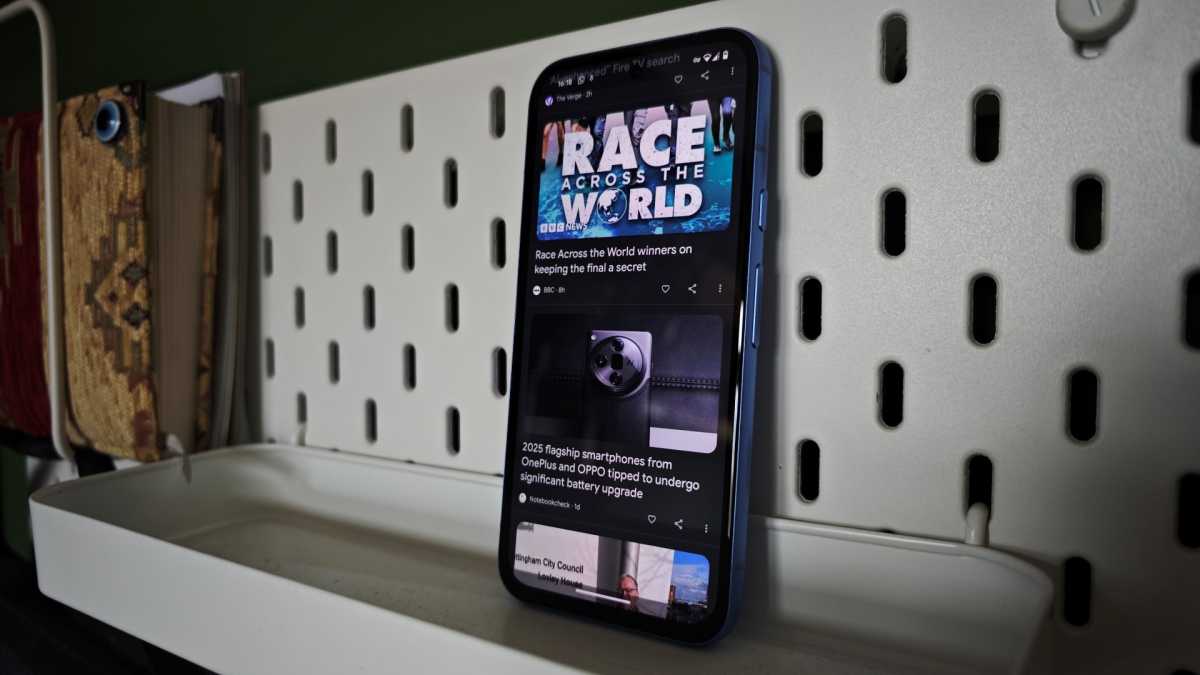
Chris Martin / Foundry
Stereo speakers are likely to remain a feature, offering decent sound quality for media consumption, though audiophiles might want to use Bluetooth for higher-quality audio.
Performance
Likely powered by the Tensor G4 chipset, the Pixel 9a might inherit much of the performance power from the flagship Pixel 9 series.
This could be paired with 8GB of RAM and likely 128GB of storage as the base model, ensuring smooth multitasking and efficient performance across apps, games, and daily use.
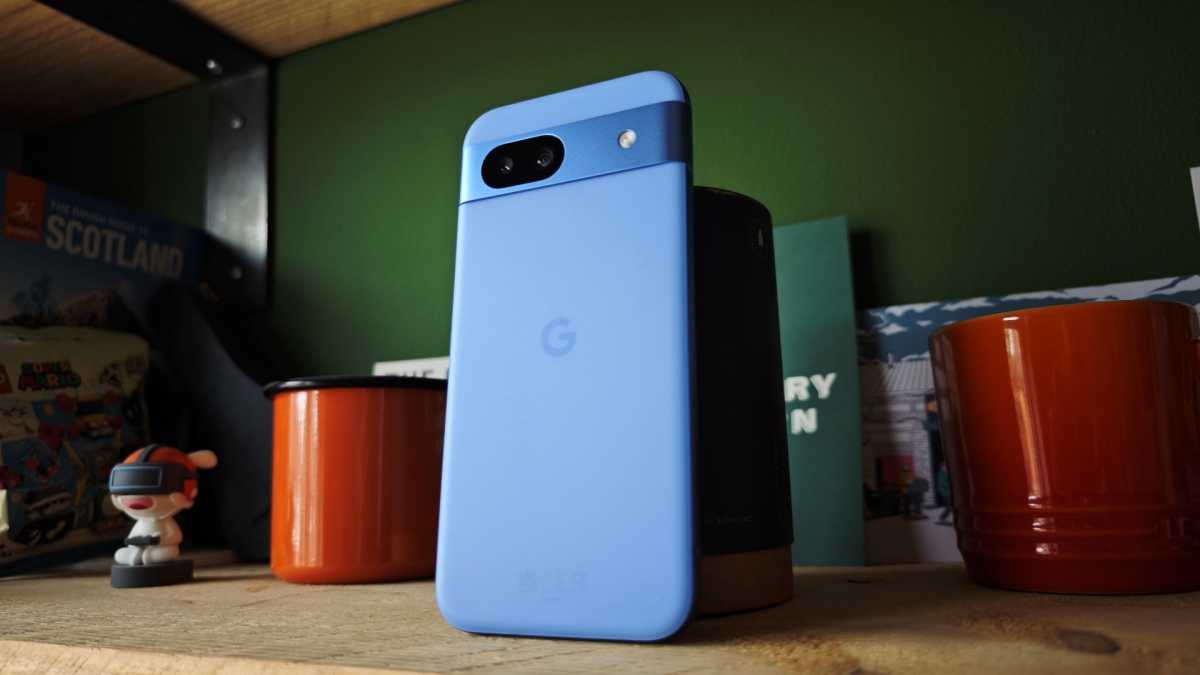
Chris Martin / Foundry
There are rumours that this could be one of the last Pixel devices using a Samsung-designed processor, as future models may switch to a Google-custom processor by TSMC.
Cameras
The phone is expected to feature a dual-camera setup, with a wide and ultrawide lens, similar to the flagship Pixel 9.
As mentioned, the camera bar will be replaced with a more subtle pill-shaped module this time around, making the device sleeker.
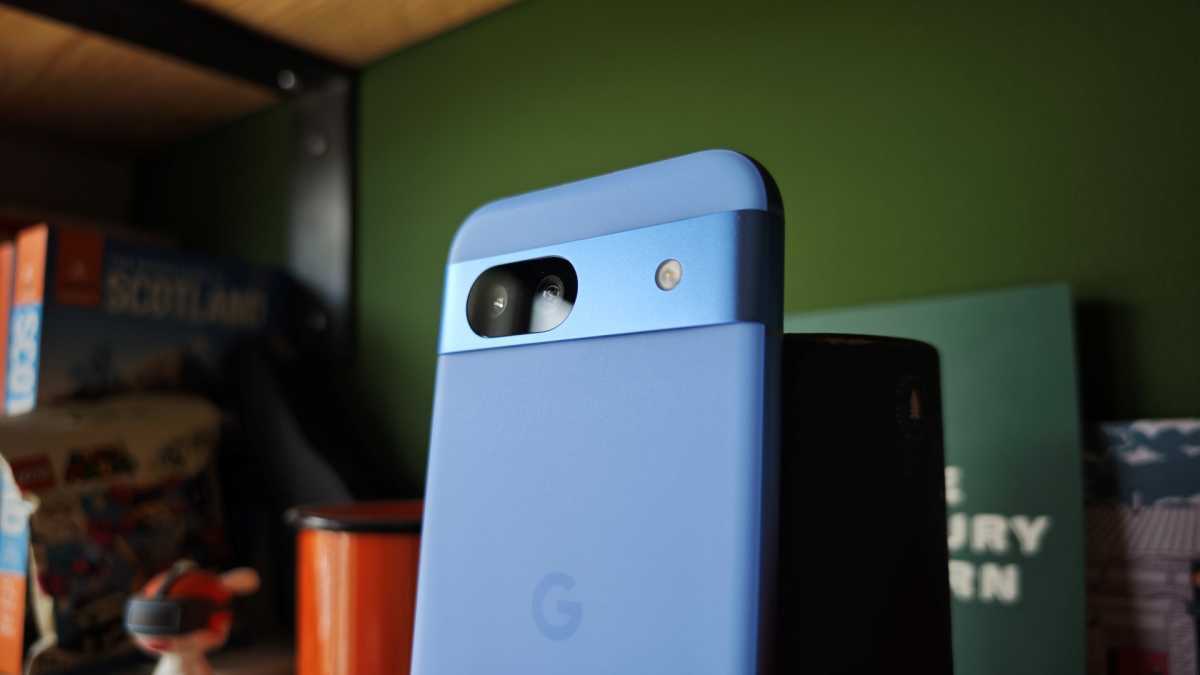
Chris Martin / Foundry
According to Android Headlines, the primary sensor will drop from 64Mp to 48Mp, likely the same sensor used in the Pixel 9 Pro Fold.
While the ultrawide and front-facing cameras might remain at 13Mp, the larger megapixels on the primary sensor promise better photo quality. However, the Pixel 9a reportedly lacks a telephoto camera and the upgraded ultrawide and front-facing cameras of the Pixel 9 and Pixel 9 Pro.
Additionally, the Pixel 9a is expected to feature Google’s ‘Add Me’ AI function, first seen in the Pixel 9 series, allowing users to insert themselves into group photos without needing someone else to take the shot.
As a reminder, the standard Pixel 9 features a 50Mp main camera, a 48Mp ultrawide camera, and a 10.5Mp selfie camera.
Battery & Charging
The battery life of the Pixel 9a should be improved over its predecessor. The Pixel 8a had a 4492mAh battery, and the Pixel 9a might see a slight increase in capacity.
Despite its thinner profile, the optimised performance of the Tensor G4 chip and software enhancements from Android 15 should help the device last for a full day of moderate use.
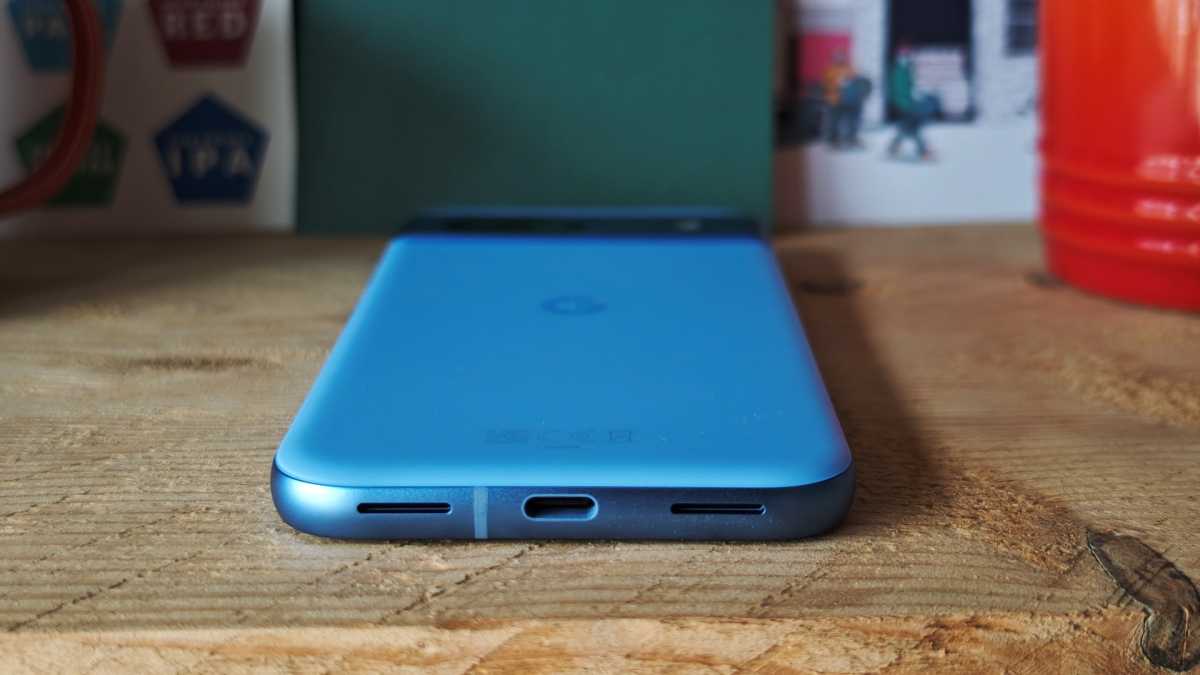
Chris Martin / Foundry
Charging is expected to be wired only, with 18W fast charging, which is standard for mid-range phones in this category.
Software
The Pixel 9a will likely launch with Android 15 out of the box, which started rolling out in October.
Like the rest of the Pixel family, the 9a should receive a market-leading seven years of software updates, ensuring longevity and consistent performance well into the future.
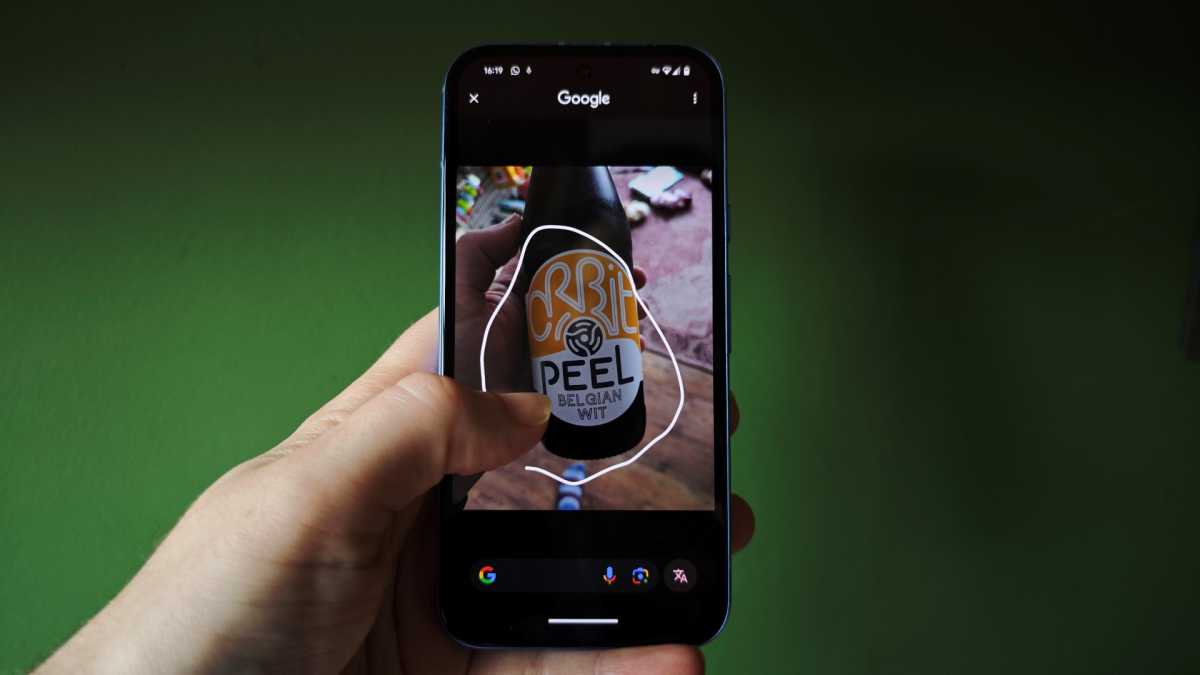
Chris Martin / Foundry
That’s all we currently know about the Pixel 9a which will have to take on the likes of the Samsung Galaxy A56. We’ll update this article when there’s more news.
In the meantime, be sure to check our recent review of the Pixel 9 Pro or go back in time and learn more about the entire history of Google Pixel phones.
